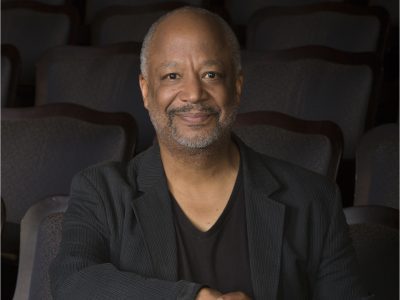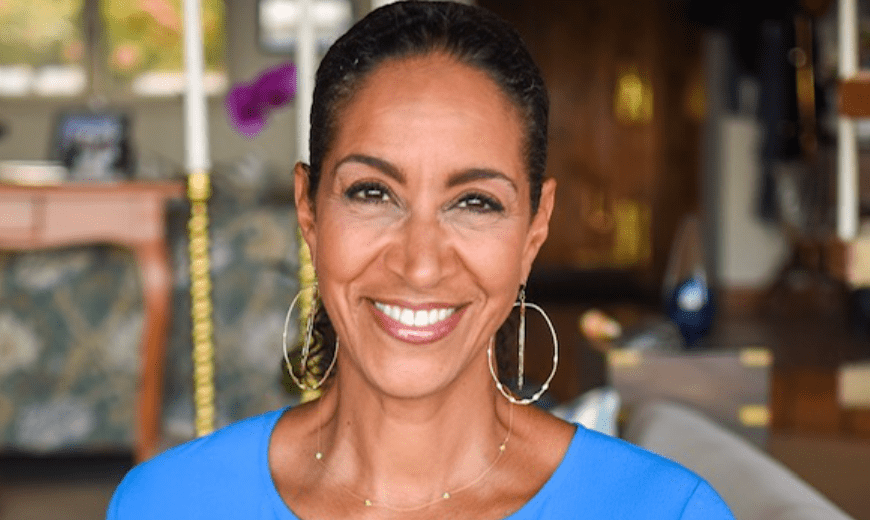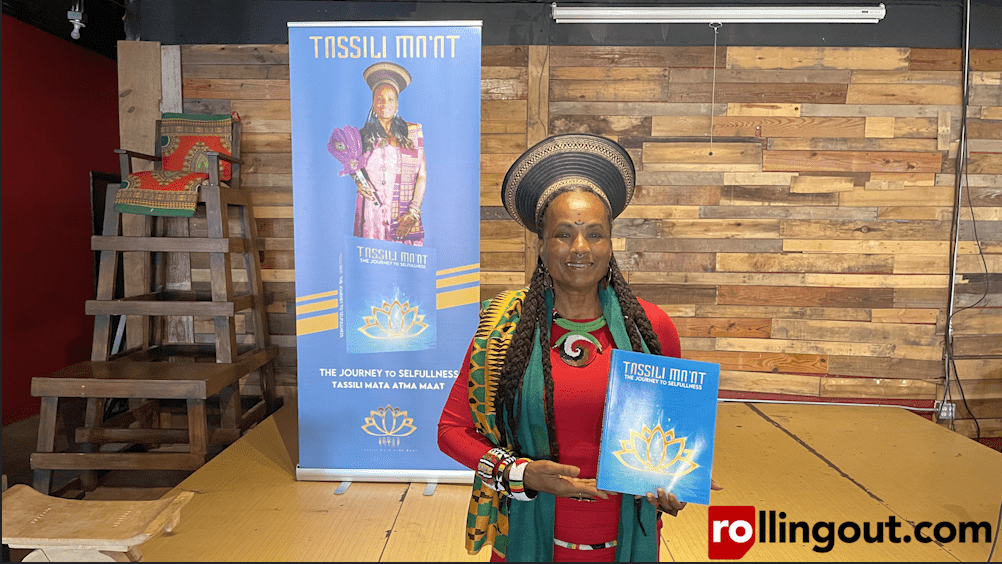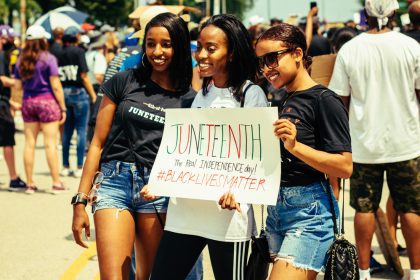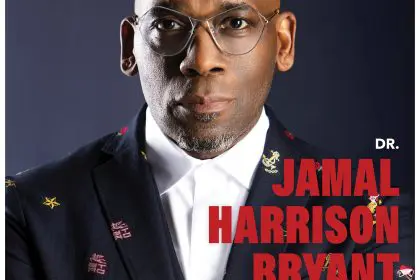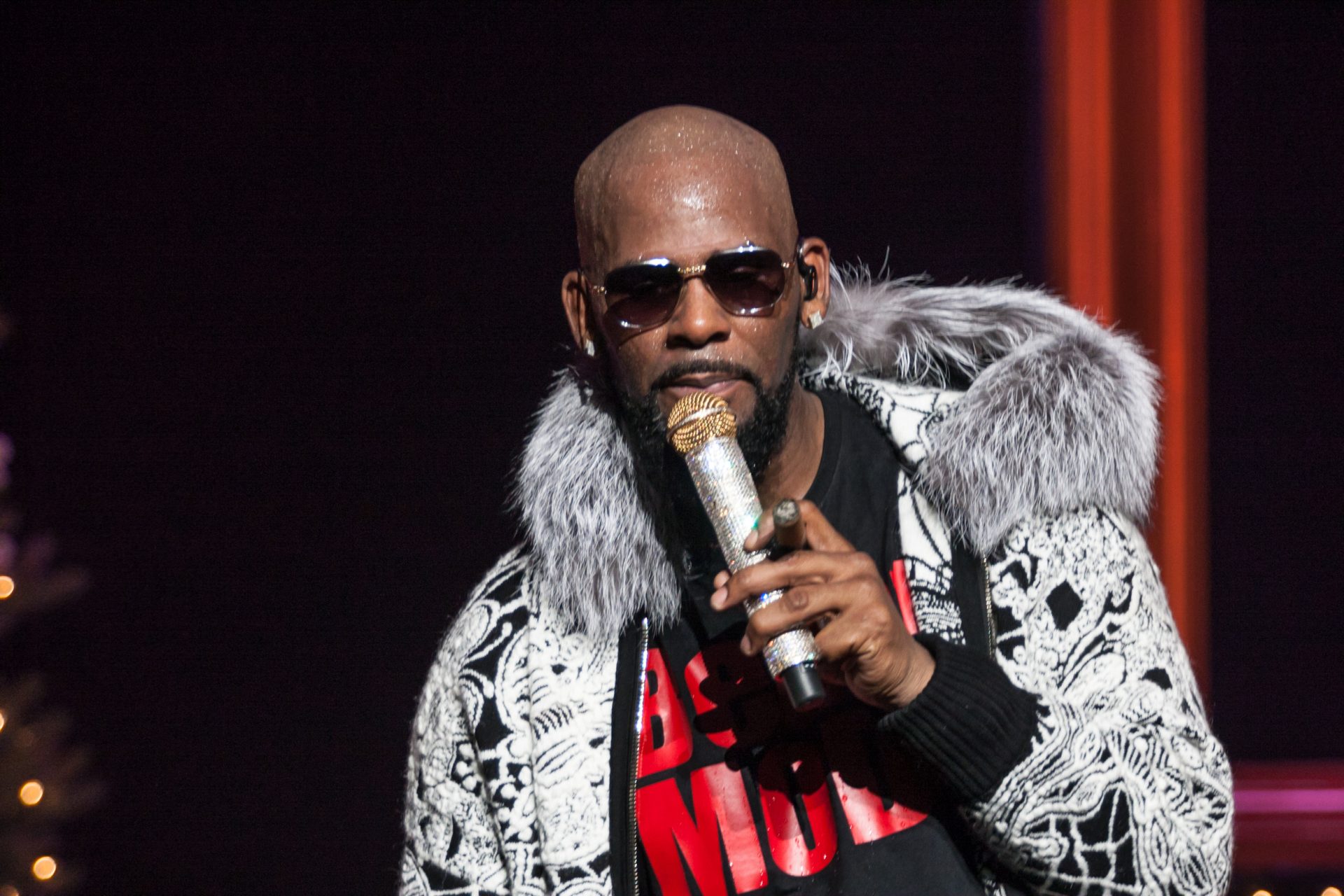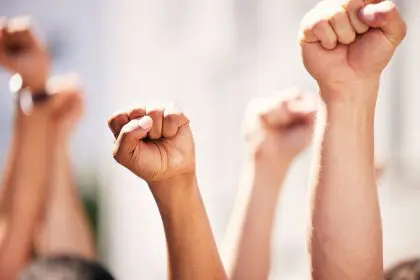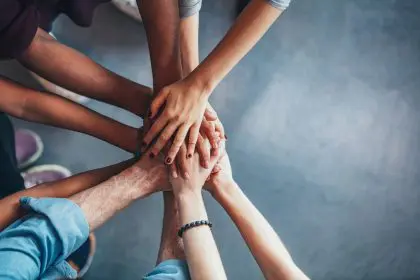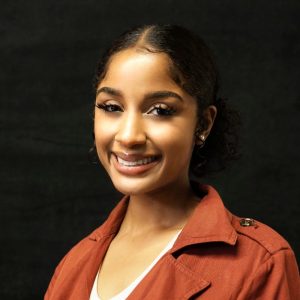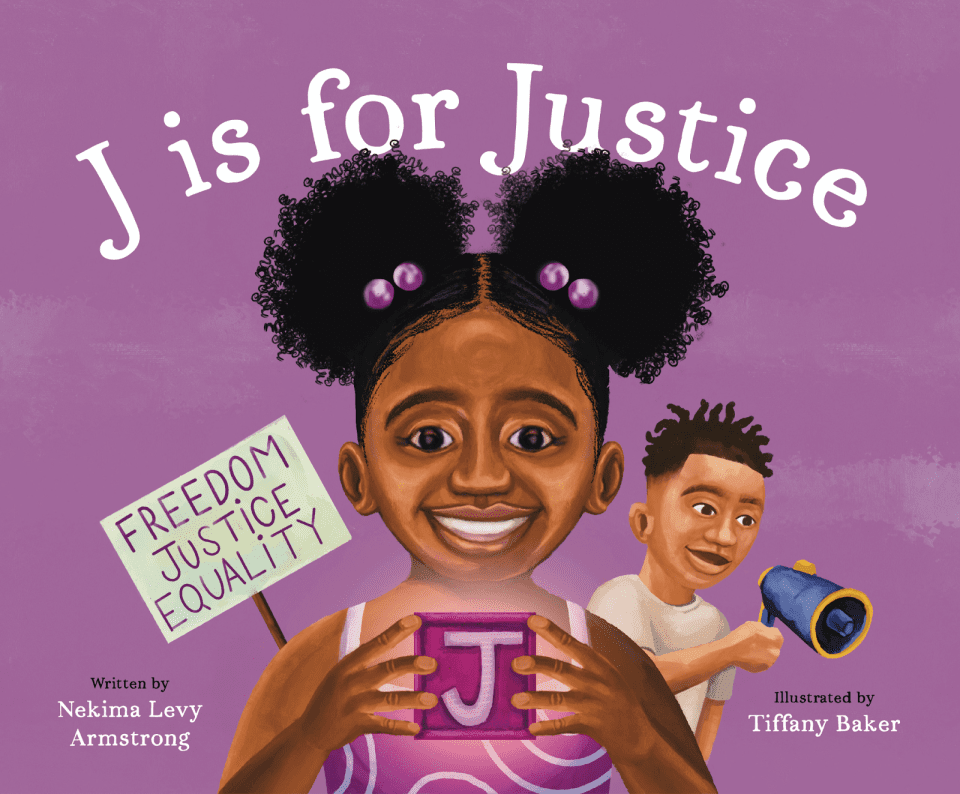
During Black History Month we honor the past leaders and activists who paved the way for racial equality and justice, but we also focus on the current leaders and activists of today. Nekima Levy Armstrong is a civil rights attorney, author and activist who uses her voice on the front lines to ensure the fight for racial justice continues.
Armstrong’s book, J is for Justice, is a way to educate students about today’s racial justice climate.
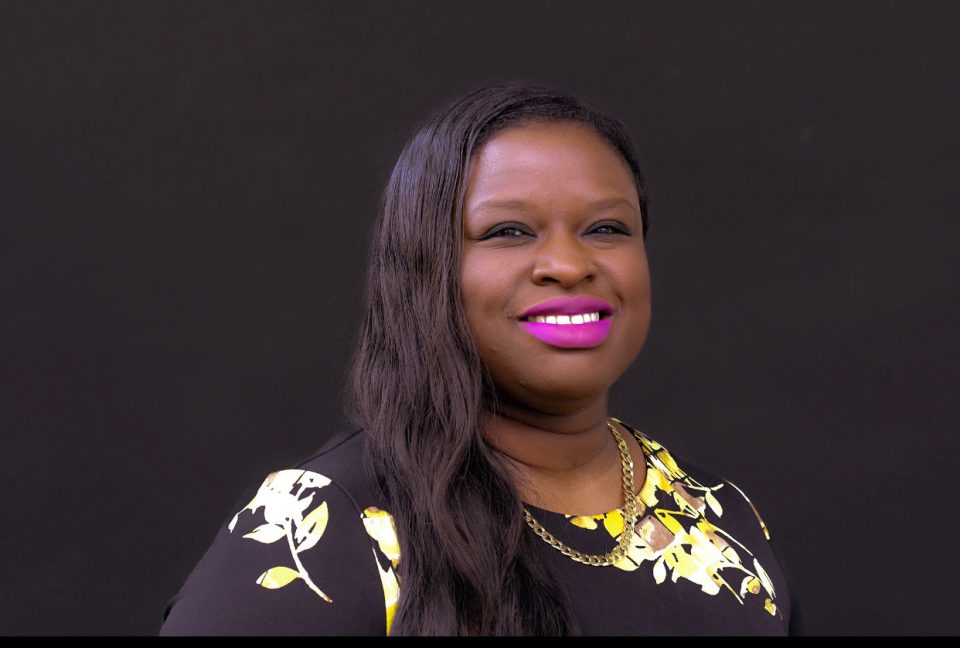
When it comes to the ban on critical race theory in the school system, how is your book serving as the voice that is missing?
I think that the attack on critical race theory is ridiculous. [In regard to] my book, it’s a children’s book called J is for Justice and my goal as a mother, educator and activist is to help teach and train the next generation of young people about racial justice issues, about what it means to use your voice, to stand up for racial justice, and to fight for freedom, justice and equality. So I hope that as young people learn the story, they follow Joy who’s a little girl modeled after my young child. My youngest child is 5 and she’s been out on the front lines with me literally since she was in the womb.
Do you feel like social media is the new way to fight for social justice these days?
I think that social justice is a really powerful tool for activism and raising awareness. When the movement first started, it was really difficult to get mainstream coverage that told the truth about what was happening on the ground. With the avenue of social media, activists were able to document things in real-time, from their perspectives, as well as the perspectives of the people, and share that information with those that would follow their accounts. So from my perspective, that has caused some mainstream media to step up their game in terms of getting a wider variety of perspectives when it comes to these issues.
What do you feel is the difference between past leaders and the leaders of today?
So, a lot of times when we look at the Civil Rights Movement in the 1950s and 1960s, we tend to focus primarily on Dr. King, and rightly so. His leadership was very powerful. However, during that same period, we had the Student Non-Violent Coordinating Committee, you had the Black Panther Party, you had so many other organizations who emerged in that era to stand up and fight for us. You also had several women who were on the front lines but unfortunately, a lot of them have been erased from our history. So I see a lot of parallels between the leaders of the past and today’s leaders. It’s a multigenerational movement, and people and different organizations of course have a variety of strategies that they employ to fight for change.

